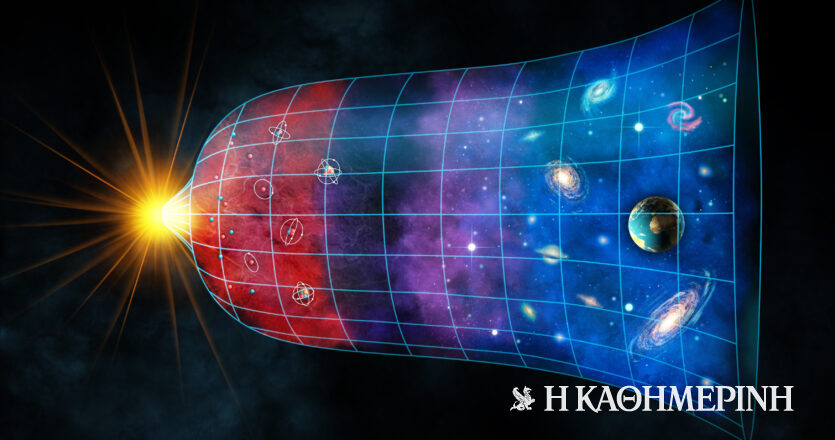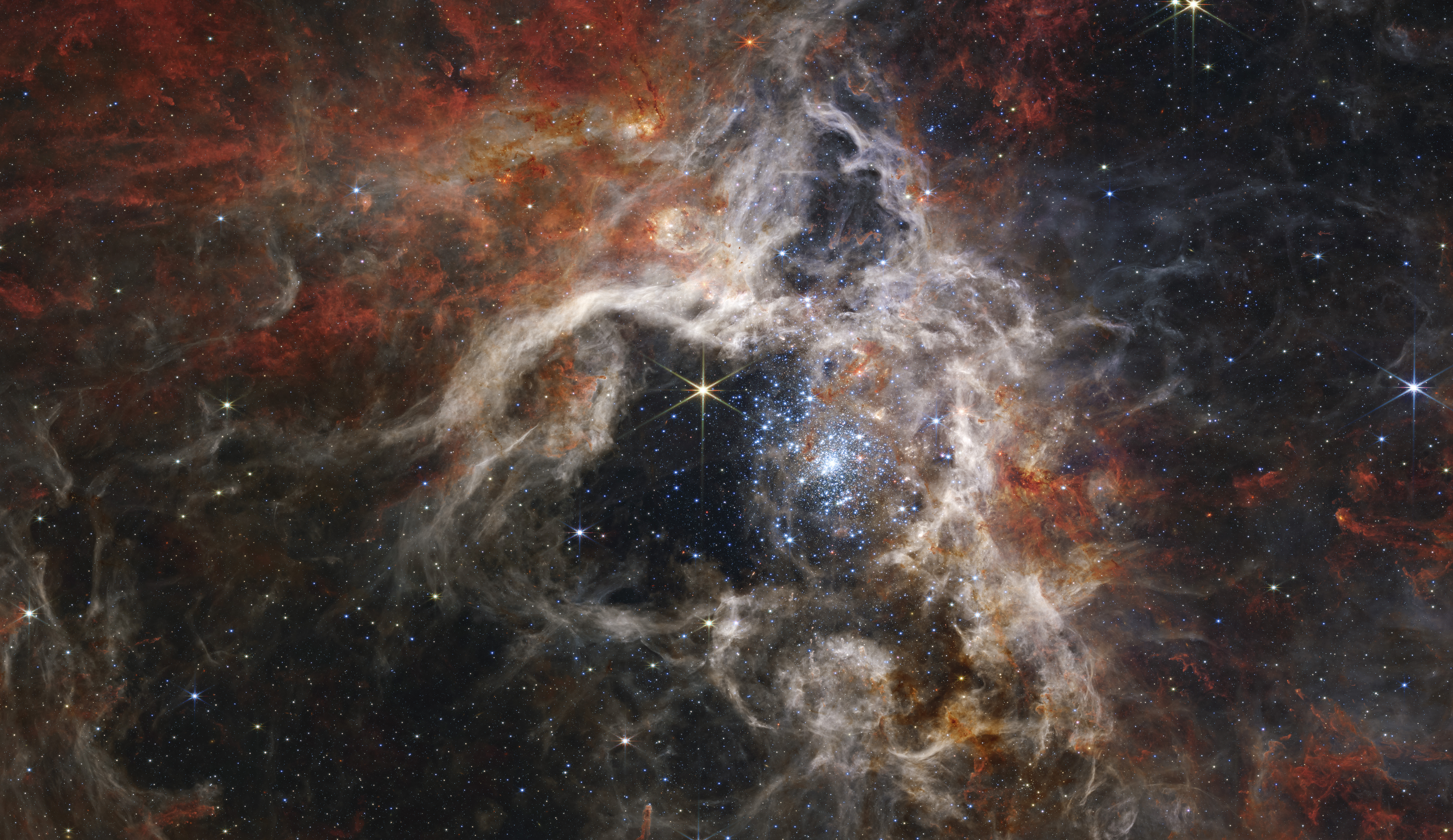
In its violent early years, Earth was a moon-destroyed hell after a fiery collision with another protoplanet, scientists now suspect, according to a CNN report. Later, it transformed from a body of water into a giant snowball that nearly wiped out all life in existence.
Then giant tornadoes with waves as high as 300 feet battered the newly thawed ocean. But this is nothing compared to the celestial disturbances and explosions in the 9 billion years before the birth of our planet.
Dan Levitt’s upcoming book, What Got You: The Story of Your Body’s Atoms, from the Big Bang through last night’s dinner, conjures up a series of surprising and often powerful images in tracing how cells, elements, our atoms, and subatomic particles found their way into our brains, bones, and bodies. The book was released on January 24.
“We now know that the origin of the universe, the creation of the elements in the stars, the creation of the solar system and the Earth, and the early history of our planet was incredibly turbulent,” Levitt told CNN.
However, explosions, collisions, and almost incomprehensible temperatures were essential to life.
A perturbation in Jupiter’s orbit, for example, may have sent huge asteroids slamming into Earth, showering the planet with water. The molten iron that makes up the Earth’s core has created a magnetic field that protects us from cosmic rays.
“So many things happened that could have gone differently, in which case we wouldn’t be here,” Levitt said.
He said the gradual reconstruction of man’s epic journey over billions of years had filled him with awe and gratitude.
“Sometimes when I look at people,” he said, “I think, ‘Wow, you’re such an amazing organism;’ All of our people share the same deep history that goes back to the Big Bang.” He hopes that readers “will realize that even the simplest cell is incredibly complex and deserving of great respect. Like all people too.”
astral puzzle
Our bodies contain about 60 elements, including hydrogen released after the Big Bang and calcium formed from dead stars known as red giants. As Levitt pieced together the clues about how these and more complex organic molecules came to us, he was entering the turbulent history of the scientific process itself.
He didn’t originally intend to equate the turmoil in the universe with the turmoil in the scientific world, but it sure is inevitable. “A lot of scientific facts have been canceled since our great-grandparents lived,” he said. “That’s what makes the book interesting.”
After Leavitt completed a first draft of the book, he was surprised to realize that some of the scholarly upheavals were due to various kinds of recurring biases. “I wanted to go deep into the heads of the scientists who made the great discoveries – to see their progress as it happened and to understand how they were received at the time,” he said. “I was surprised that almost every time the initial reaction to the leading theories was skepticism and rejection.”
Throughout the book, he points out six recurring mental traps that have blinded even the brightest minds, such as the opinion that it is “too strange to be true” or that “if our current tools do not detect it, it does not exist.”
In fact, Albert Einstein initially hated the bizarre idea of an expanding universe, for example, and had to be persuaded over time by Georges Lemaître, a little-known but persistent Belgian priest and cosmologist. Stanley Miller, the “father of microorganism chemistry” who cleverly mimicked the conditions of early Earth in glass flasks, was a notorious opponent of the hypothesis that life evolved in the ocean depths, fueled by mineral-rich enzymes and superheated vents.
In his book, Levitt wrote, “The history of science is replete with great facts of great statesmen soon to be overturned.” Fortunately for us, the history of science is also full of radical and free thinkers who have enjoyed busting these certainties.
building destruction

Levitt described the number of jumps made by researchers who did not receive proper recognition for their contributions. “I am drawn to unsung heroes with their dramatic stories that people have never heard,” he said. “So I was glad that many of the most compelling stories in the book turned out to be about people I didn’t know.”
It’s scientists like Austrian Marietta Blau, who helped physicists see some of the first signs of subatomic particles. Dutch physician and philosopher Jan Ingenhuys, who discovered that leaves can create oxygen through photosynthesis, and chemist Rosalind Franklin, who was instrumental in working out the three-dimensional structure of DNA.
The spark of new ideas often struck all over the world. To his surprise, Levitt found that many scientists had put forward plausible scenarios for how the building blocks of life might begin to be assembled.
“Our universe is full of organic molecules – many of which are precursors to the molecules we are made of,” he said. “So I strike a balance between thinking that creatures like us are unlikely to exist and thinking that life must exist in many places in the universe.”
However, nothing has been clear about our journey since the Big Bang.
“If one tried to imagine how life evolved from the first organic molecules, one might think it was a turbulent process, full of complex paths and failures,” Levitt said. “Most of them have gone nowhere. But evolution has a way of creating winners through countless trials over long periods of time.”
Nature also has a way of recycling building blocks to create new life. Nuclear physicist Paul Ebersold found that “we replace half of our carbon atoms every one to two months and we replace 98% of all our atoms every year,” Levitt wrote.
Like a house undergoing constant renewal, we are constantly changing and replacing old parts with new ones: water, proteins and even our cells, most of which we seem to replace every decade.
Eventually, our cells will grow quietly, but their parts will recombine into other forms of life. “Although we die,” Levitt writes, “our people do not die.” “They whirl through life, soil, oceans and skies in a chemical whirlpool.”
In other words, just like the death of stars, our destruction opens up another wonderful world of possibilities.
Source: CNN
Follow kathimerini.gr on Google News and be the first to know all the news
See what’s new News From Greece and the World, in kathimerini.gr

“Total alcohol fanatic. Coffee junkie. Amateur twitter evangelist. Wannabe zombie enthusiast.”





More Stories
Is this what the PS5 Pro will look like? (Image)
Finally, Windows 11 24H2 update significantly boosts AMD Ryzen – Windows 11 performance
Heart Surgeon Reveals The 4 Things He ‘Totally Avoids’ In His Life